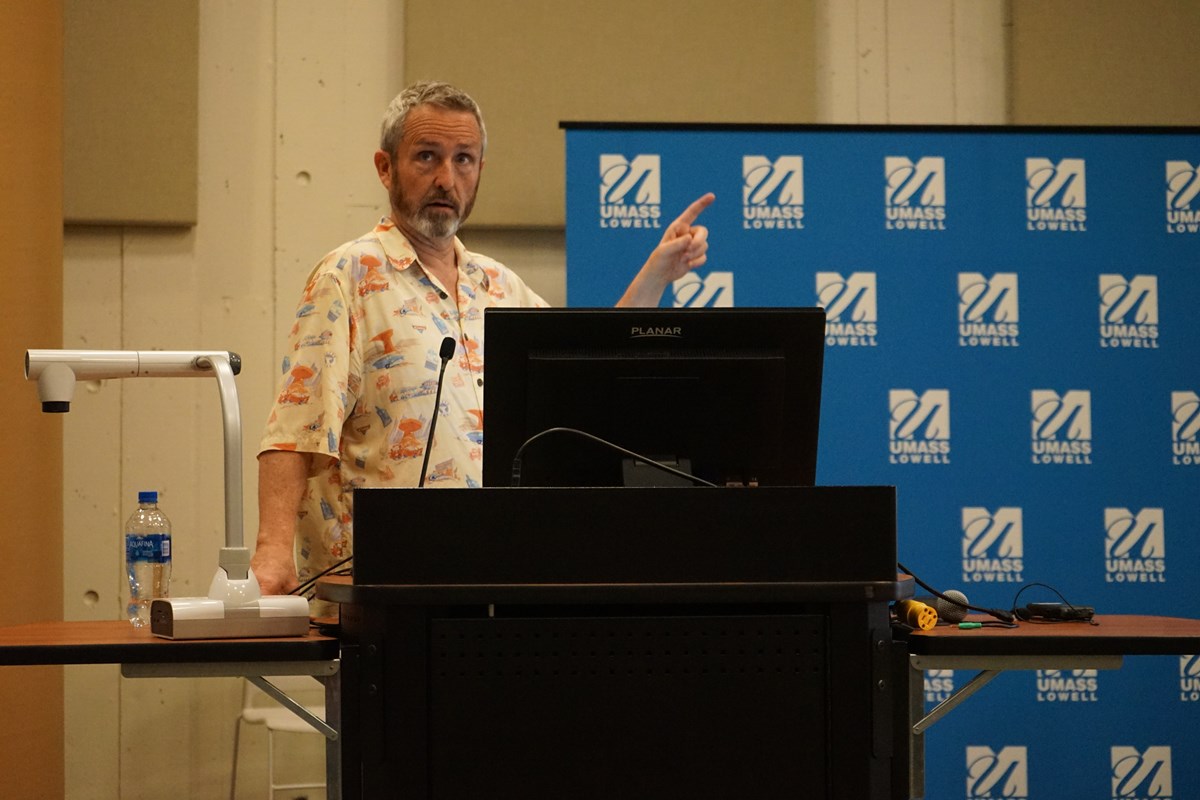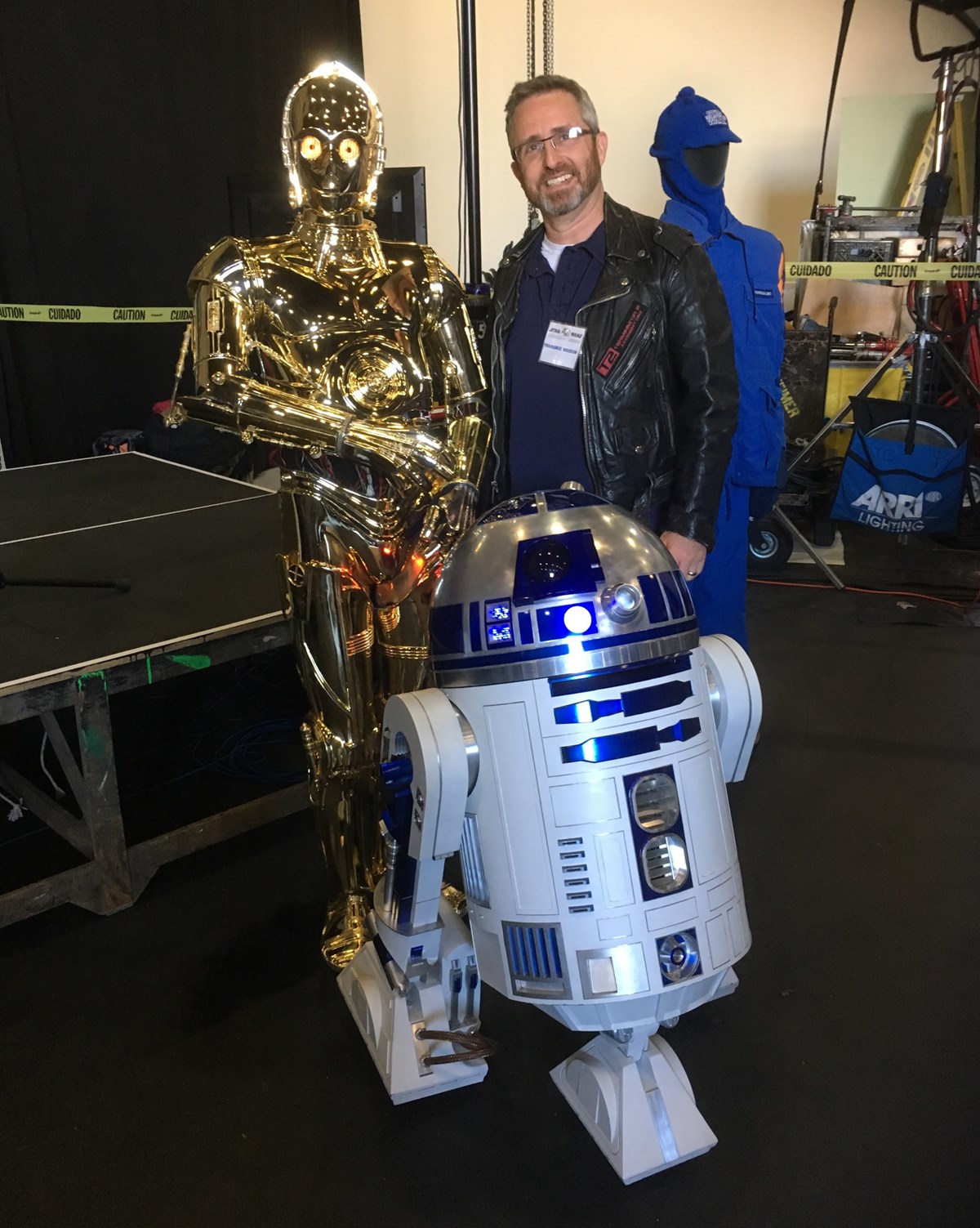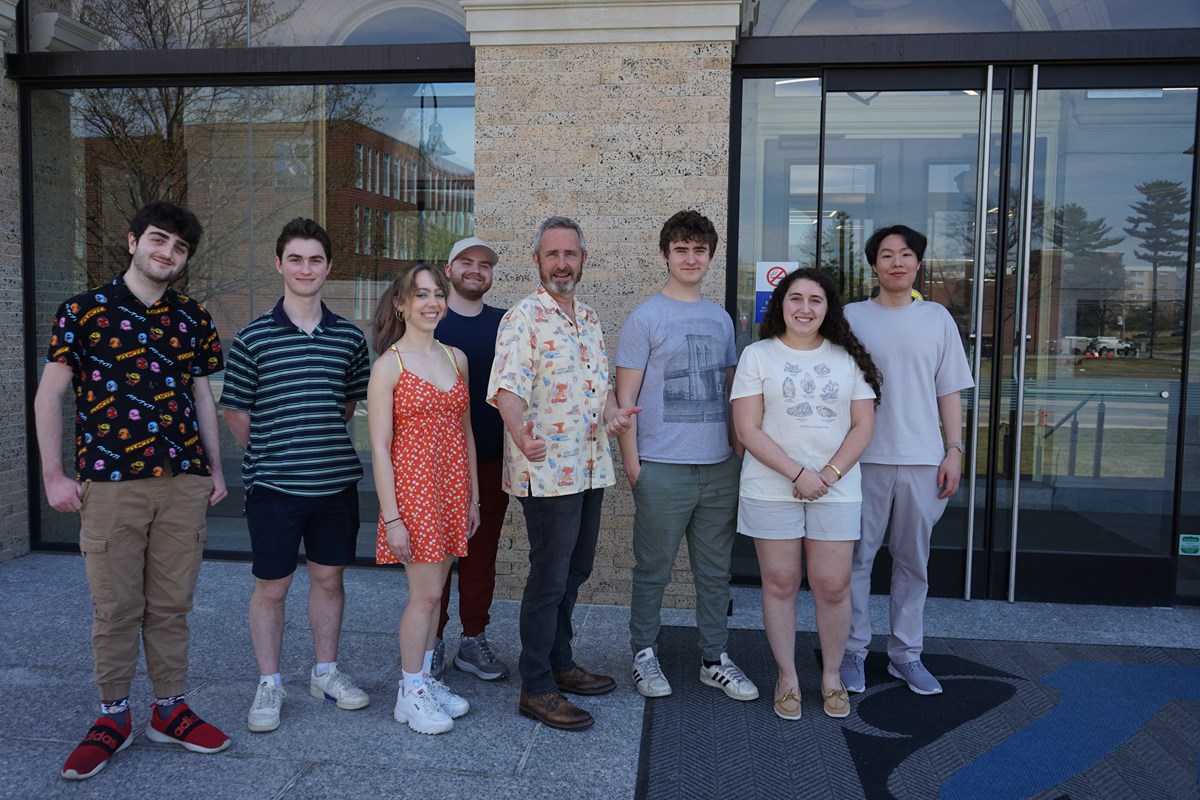Terrence Masson ’89 Combines Art and Technology to Revolutionize Entertainment
 Image by Marlon Pitter
Image by Marlon Pitter
07/12/2023
By Marlon Pitter
Terrence Masson ’89 has always been focused on “doing something that's never been done before.”
As an industry-leading computer graphics and visual effects expert, Masson has revolutionized TV, movies and video games since the early 1990s. His work, featured in esteemed franchises such as “Jurassic Park,” “Star Wars” and various games for the original Xbox console, has pushed the boundaries of what was thought possible at the time.
In 1996, Masson was contacted by Matt Stone and Trey Parker about a project called “South Park.” It used construction paper and stop-motion animation and they wanted to pitch it to Comedy Central. Masson created a computer graphics process (using Alias on an SGI) that looked just like construction paper and animated a test to dramatically speed up the production process.
The result: a signature art style that combined with edgy comedy to make “South Park” a fan favorite for decades.
Masson said the foundation for his success started at UMass Lowell with professors, such as Arno Minkkinen, who mixed traditional art instruction with new technology.
 Image by Courtesy Photo
Image by Courtesy Photo
Masson grew up in Holliston, Massachusetts, and chose UML for its well-known computer science program. His love for art ultimately led him to switch to the fine arts program after his first year, but he maintained a curiosity surrounding the latest technology.
“I’ve always been a techno-geek, but specifically for visuals,” he says. “I was an artist first with pencil and paper, but then as soon as the technology came on, it was just like breathing.”
During a visit to campus in April, Masson talked to students about his career experiences and offered some insights into the computer graphics industry. He spent time on North and South campuses meeting with students from various departments, including computer science and art and design.
Masson says it was great to return to UMass Lowell after decades away from campus.
“I'm insatiably curious and collaborative, so I liked the mix of people that showed up and the questions that were asked,” he says.
In his lecture for students and faculty at O’Leary Library, Masson said he expects artificial intelligence to have a significant impact on the art and computer graphics fields, both professionally and academically. With AI in its infancy, however, he said artists must have enough training and skill to use it effectively.
 Image by Marlon Pitter
Image by Marlon Pitter
“You've got to know what goes into making it an aesthetically pleasing image and you have to use those words,” he says. “Otherwise, you’ll say something and it's just going to not be that great.”
Masson also shared stories with students about the high-pressure nature of working in production, particularly noting his experience completing the trailer for the 1998 action-comedy film “Small Soldiers.”
“It was kind of a 24/7 thing for a week,” he said. “The producer came to me with the timesheet and said, ‘You billed 110 hours for last week.’ I said, ‘Well, yeah, I worked 110 hours.’”
Masson’s current lifestyle, while still busy, is nowhere near as hectic.
He currently serves as chair of the Computer Arts Department at the School of Visual Arts, a private college in Manhattan. Still living in Massachusetts, he drives to New York and stays there for three days each week, while working from home the other two days.
Masson says this arrangement allows him to balance his priorities between work and family.
“It's very efficient,” he says. “My parents think I'm nuts, but it's really easy."
